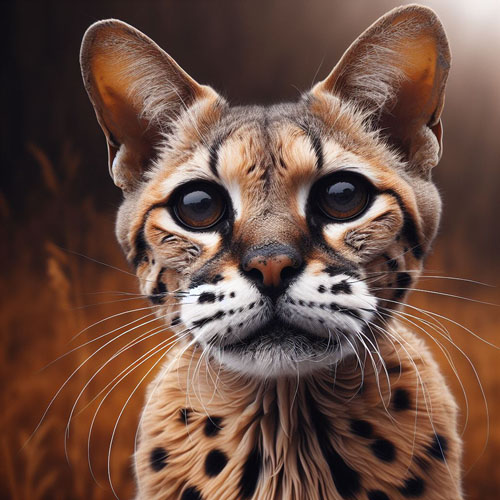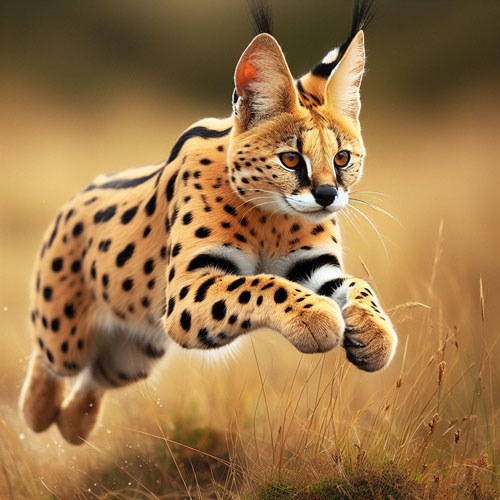The Science Behind Your Savannah Cats Purr
When we think about cats, one of the first things that come to mind is their unique ability to purr. It is a sound that brings comfort and joy to both cat owners and enthusiasts alike. But have you ever wondered about the science behind this mysterious phenomenon?
The purring sound is produced by vibrations in a cat’s larynx and diaphragm, which causes the muscles to contract rapidly. These vibrations occur at a frequency of about 20-150 Hertz and can be felt as a gentle tremor when you place your hand on a purring cat. The sound itself is produced when the air passes through the vocal cords, creating a distinctive purring noise.
Contrary to popular belief, cats do not purr solely when they are happy. Purring can also indicate various other emotions, such as contentment, relaxation, or even pain. It is believed that cats evolved this mechanism as a way of communicating with their owners and other cats, as it elicits a nurturing response in humans.
Interestingly, the science behind a cat’s purr goes beyond just communication. Studies have shown that the frequency of the purr can have healing effects on both the cat and the humans around them. The vibrations produced during the purring process can promote the healing of bones and injuries, lower blood pressure, and reduce stress and anxiety. In fact, it has been found that the frequency of a cat’s purr falls within the range known to stimulate the growth and repair of bones.
Furthermore, the act of purring itself releases endorphins, which are the body’s natural pain relievers. This may explain why cats often purr when they are injured or in pain, as it helps them to alleviate their discomfort. Additionally, the vibrations produced by a cat’s purr can help to improve their own respiratory circulation, ensuring a healthy heart.
However, despite the many benefits of purring, not all cats are capable of producing this unique sound. It is believed that only domesticated cats have the ability to purr, while their wild counterparts, such as lions and tigers, cannot. This is due to the anatomical differences in their larynx and hyoid bones, which prevent them from creating the necessary vibrations.
In conclusion, the science behind a cat’s purr is a fascinating topic that continues to be studied by scientists around the world. The ability of cats to produce this sound not only serves as a means of communication but also has numerous health benefits for both the cat and their human companions. So the next time your beloved feline companion curls up next to you and starts to purr, take a moment to appreciate the incredible science happening behind that comforting sound.





